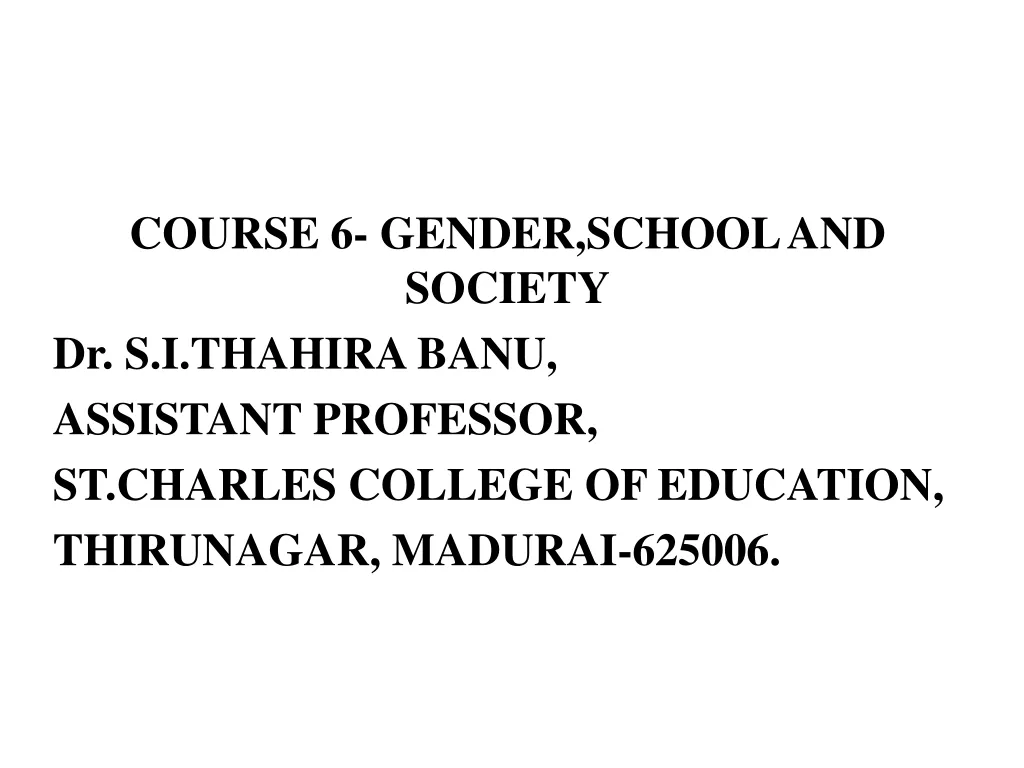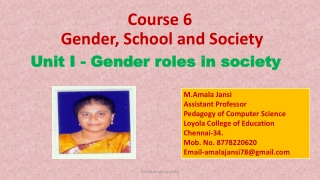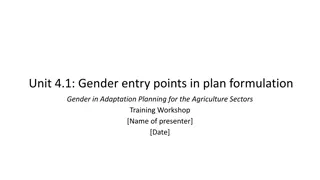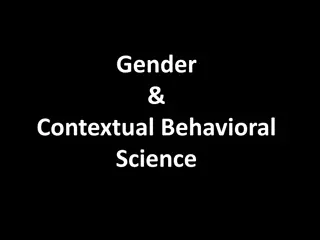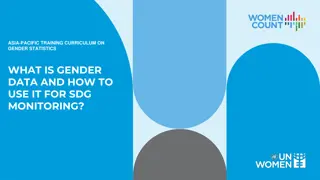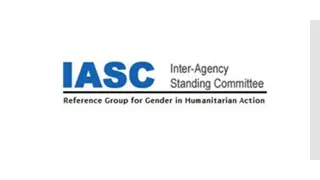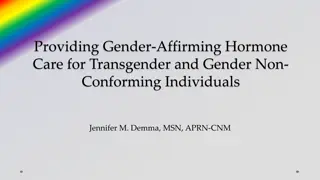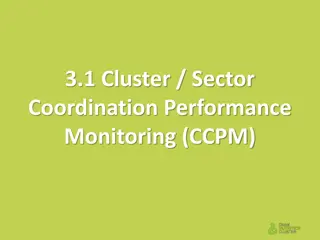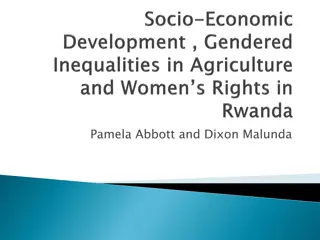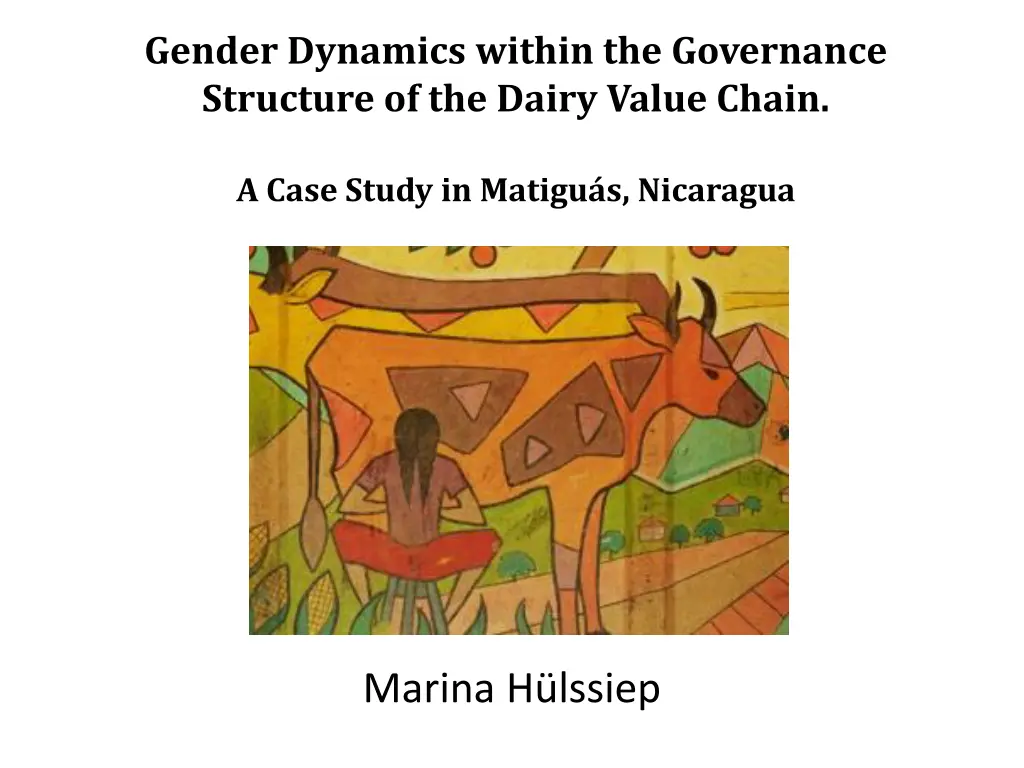
Gender Dynamics in Dairy Value Chain Governance: Case Study in Nicaragua
Explore the interaction between gender dynamics and governance systems in the dairy value chain in Matiguas, Nicaragua, and mechanisms shaping women's inclusion. The study delves into women's integration, factors affecting participation, gender-responsive mechanisms, and preliminary findings highlighting challenges faced by women in decision-making and agency.
Download Presentation

Please find below an Image/Link to download the presentation.
The content on the website is provided AS IS for your information and personal use only. It may not be sold, licensed, or shared on other websites without obtaining consent from the author. If you encounter any issues during the download, it is possible that the publisher has removed the file from their server.
You are allowed to download the files provided on this website for personal or commercial use, subject to the condition that they are used lawfully. All files are the property of their respective owners.
The content on the website is provided AS IS for your information and personal use only. It may not be sold, licensed, or shared on other websites without obtaining consent from the author.
E N D
Presentation Transcript
Gender Dynamics within the Governance Structure of the Dairy Value Chain. A Case Study in Matigu s, Nicaragua Marina H lssiep
Research Question How do gender dynamics and the governance system of the dairy value chain interact and what mechanisms shape womens inclusion and exclusion into the dairy value chain in Matigu s?
Subquestions 1. How are women integrated in the dairy value chain as milk producers in Pancas n? 2. What kinds of factors include or exclude women from an active participation in the dairy value chain? 3. How do gender dynamics shape the bargaining power, access and control of resources and relationships to other actors in the dairy value chain? 4. What kind of gender-responsive mechanisms have been established by the cooperative Flor de Pancas n and Nicacentro and how have they questioned the traditional gender roles in the dairy value chain?
Methodology Mixed methods methodology Sample of 31 women and 8 men. The field work included different methods: focus group with a participatory approach Semi-structured in-depth interviews Surveys
Power relations Governance Gender dynamics Resources Credit Work distribution Inputs and Services Spaces of Negotiation Participation in the Public Sphere Trainings Information Prices Access and Control Decision-Making Power Negotiation and Agency
Preliminary Findings Enough access to inputs, but low access to services as trainings, credit and technical assistance Low attendance at reunions due to predominant male presence Women are almost never involved in tasks that require to leave the house Access and Control Decision- Making Power Married women face low decision-making power regarding their own cattle and land -> selling of cattle, use of land Negotiation and Agency Women possess lower bargaining power Low agency due to male dominance
Preliminary Findings Women remain in the private sphere What is behind the idea that women do not want to participate? (Member of Flor de Pancasan board of directors) Invisibility of female contribution to livelihoods mi trabajo no es valorado (female producer) Women are exclued from the public sphere and face low decision-making power
Who governs the Dairy Value Chain? On a macro level: DVC is controlled by the Industry (Nilac and Perfecta) On a meso level: Cooperatives, which are shaped by male dominance On a micro level: The male living in the household
Gender and the coopertatives *Only existing in the cooperative Flor de Pancas n Source: Interviews conducted with representatives
Look further at: How do gender dynamics and the value chain governance system relate? How do these power relations affect women s human development? What do these women have in their backpacks to face inequality? Steps towards gender equality- recommendations for cooperatives.
Preliminary Findings Social spaces defined through norms and gender dynamics Resources Access and Control Inputs and Services Trainings Credit Decision- Making Power Information Prices Governance in the Dairy Value Chain Spaces of Negotiation Work distribution Negotiation and Agency Participation in the Public Sphere
Preliminary Findings Resources Access and Control Inputs and Services Social spaces defined through norms and gender dynamics Trainings Credit Decision- Making Power Information Prices Governance in the Dairy Value Chain Spaces of Negotiation Work distribution Negotiation and Agency Participation in the Public Sphere
Inputs and Services Trainings Access and Control Credit Information Governance in the Dairy Value Chain Resources Decision- Making Power Spaces of Negotiation Prices Negotiation and Agency Participation of the Public Sphere
Regarding the RQ Who controls? (different levels: HH, Coops) How? Information, prices How do gender dynamics and the VC governance system relate? What is the role of the cooperatives?

